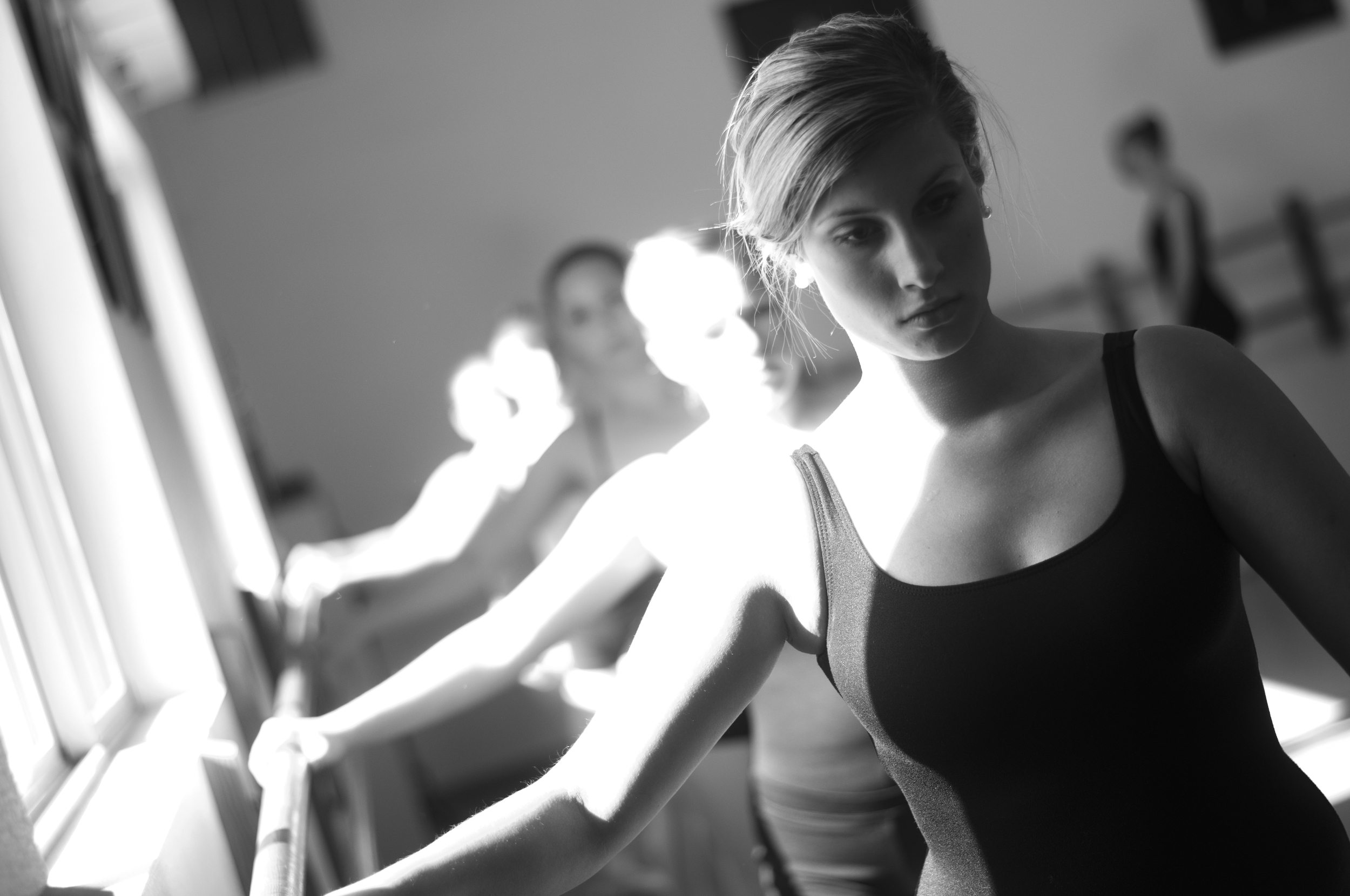Why I’ll never give up my preschool class
/Walk in to a preschool dance class at any given studio and you will most likely see a young, fairly inexperienced teacher leading the group. For some reason, the prevailing wisdom is to assign the most experienced teachers to the advanced dancers and to give the least experienced teachers to the youngest students. I could not disagree more. Preschool dancers are the most challenging, and most important age group at the studio. This is when students develop foundational training that will last a lifetime. Dance habits, good or bad, form in these early years of class. This is also when your students fall in love with dance – or decide that it’s not for them. This important course needs to be set by a trained dance educator.
At my studio, I only employ teachers who have a minimum of collegiate level dance training and who are actively pursuing their craft as a dance teacher. In addition, either I, or my assistant director, personally teach all of our toddler and preschool classes. Both of us have decades of teaching experience and understand how to both encourage and challenge this age group. While there is no required certification process for dance teachers, it is the job of any responsible studio to ensure that this role is filled by an experienced dance professional.
Young dancers need more attention than any other age group. They can quickly lose focus and are easily distracted. You must be completely engaged for their entire class and have an airtight lesson plan and music playlist that keeps them moving quickly through their curriculum. It takes more energy to teach this age group than my most advanced competitive team.
In a more advanced class, a teacher might be able to give verbal cues to their dancers and expect them to follow along, not so in a preschool class. A teacher must be prepared to dance full out and exaggerate their movement to match the level of enthusiasm given by the dancers. Preschoolers have a kinesthetic response to movement and your energy level drives their understanding of what dancing looks like. If you want your teens to dance “full out” in class, teach your toddlers what “full out” looks like.
In addition, the emotional needs of preschool dancers must be met in a way that requires a subtle understanding of each dancer’s personality. While one dancer may need constant praise and attention, another dancer might shy away from too much focus. An experienced teacher will know how to accommodate every student in their classroom and adapt to each of their abilities and needs. This skill is developed through years of teaching and should not be expected of a first year teacher.
But most importantly, a three-year-old dancer who twirls in to the room and lights up as the music begins is the best kind of medicine for a dance teacher. On the days when your teen dancers are trying your patience or your competition teams are sick, injured, or complaining – embrace those tiny dancers in their sparkly tutus. Those sweet dancers still think you walk on water and dance is their first love. I have spent decades earning the right to cultivate that love of dance, and I’m not planning on giving it up any time soon.

